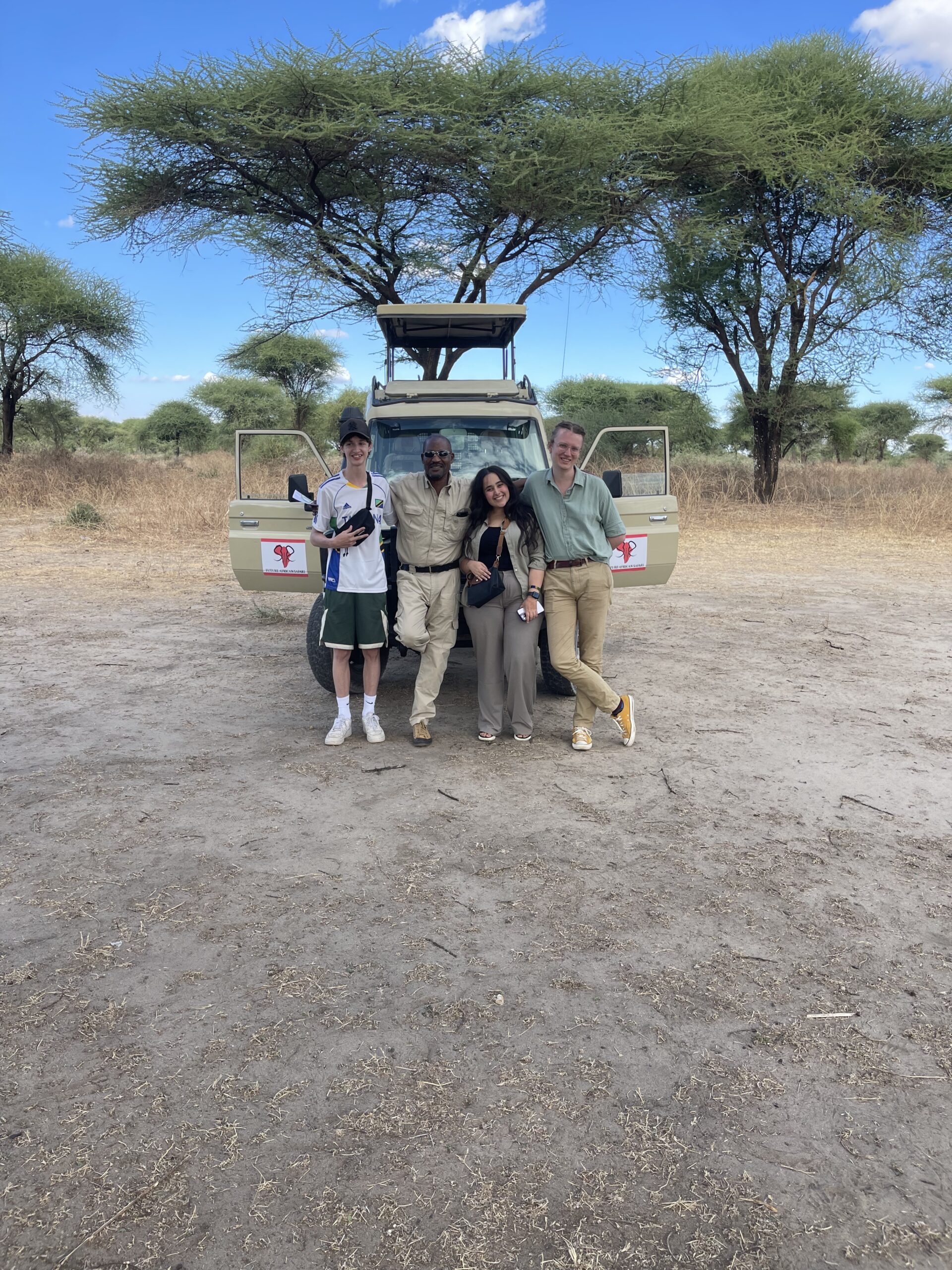Embarking on an African safari is a dream adventure, but careful planning is key to keeping your trip within budget while maximizing the experience. Whether you’re looking for luxury or a more affordable journey, this guide will help you allocate your funds wisely and avoid surprises.
1. Choose Your Destination and Safari Style
Different regions and styles of safari come with varying price tags. Tanzania offers a range of options:
- Luxury Safaris: Private lodges, fine dining, and exclusive game drives.
- Mid-Range Safaris: Comfortable lodges or tented camps with group activities.
- Budget Safaris: Camping adventures and self-drive options.
Tip: Research areas like the Serengeti for classic safaris or opt for lesser-known parks like Selous for budget-friendly options.
2. Plan the Length of Your Safari
The number of days directly impacts your budget. A 2-day safari is more affordable than a week-long adventure but offers less time to explore.
- Short Safaris: Ideal for those with tight budgets or limited time.
- Extended Safaris: Provide deeper exploration and visits to multiple parks.
Tip: Combine shorter safaris with other activities, like a Zanzibar beach retreat, for a balanced trip.
3. Budget for Accommodation
Accommodation is one of the biggest expenses. Options range from luxury lodges to basic campsites.
- High-End Lodges: $500–$2,000 per night.
- Mid-Range Camps: $200–$500 per night.
- Budget Camping: $50–$150 per night.
Tip: Travel during the off-season for lower rates and discounts on accommodations.
4. Factor in Transportation Costs
How you get to and from safari destinations is another major cost.
- Fly-In Safaris: Convenient but expensive.
- Overland Safaris: Affordable but require more time.
- Self-Drive Safaris: Cost-effective if you’re comfortable navigating on your own.
Tip: Book your flights early to secure the best rates.
5. Include Park Fees and Permits
National parks and reserves in Tanzania have entrance fees that vary by location. For example:
- Serengeti National Park: $70 per person per day.
- Ngorongoro Crater: $60 per person plus a $250 vehicle fee for crater tours.
Tip: Choose parks with lower fees if you’re on a budget.
6. Budget for Meals and Drinks
Many safari packages include meals, but luxury lodges may charge extra for premium drinks. Budget camps might require you to bring your own supplies.
Tip: Opt for all-inclusive packages to avoid unexpected food costs.
7. Plan for Tips and Extras
Tipping is customary on safaris and can add up quickly.
- Safari guide: $10–$20 per day.
- Camp staff: $5–$10 per day.
Other extras include souvenirs, additional activities (e.g., hot air balloon rides), and travel insurance.
Tip: Carry small denominations in cash for tips and local purchases.
8. Travel During the Low Season
The rainy season in Tanzania (April–May) offers significant savings on accommodations and tours. Wildlife viewing is still excellent, and there are fewer crowds.
Tip: Look out for special deals during these months to stretch your budget further.
9. Work with a Reputable Safari Operator
Choose an operator like Future African Safari to help you find the best deals and avoid hidden costs.
Why Choose Future African Safari?
- Transparent pricing with no surprises.
- Tailored packages to suit your budget.
- Local expertise for affordable yet enriching experiences.
10. Final Budget Checklist
Here’s a quick breakdown of typical costs for a mid-range 5-day safari in Tanzania:
- Flights: $500–$1,000 (round trip).
- Accommodation: $1,000–$2,000.
- Park Fees: $350–$500.
- Transportation: $300–$500.
- Meals and Tips: $200–$300.
Total: Approximately $2,500–$4,300.


Start Planning Today
A well-budgeted safari doesn’t mean compromising on experience. Let Future African Safari help you design a trip that balances adventure and affordability. Reach out now to explore our budget-friendly options!

